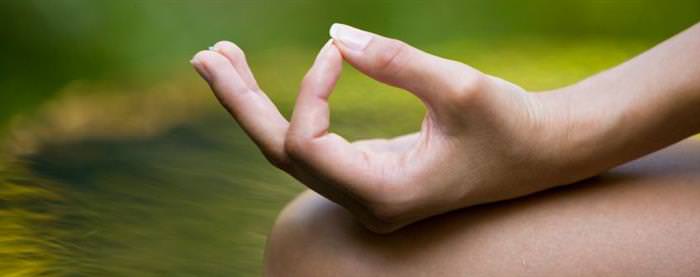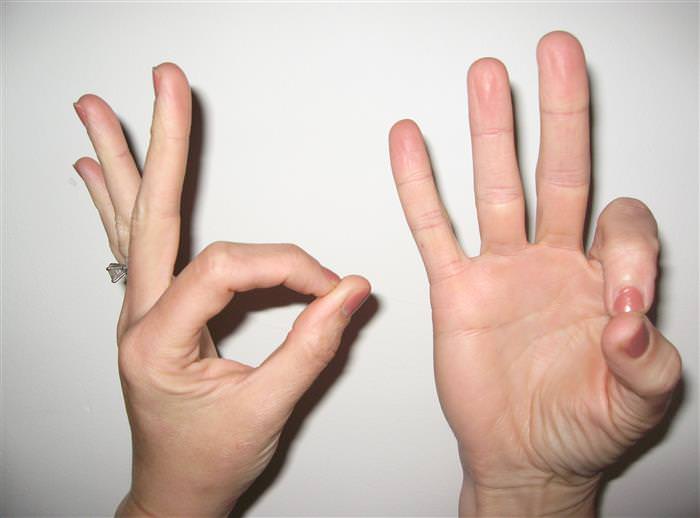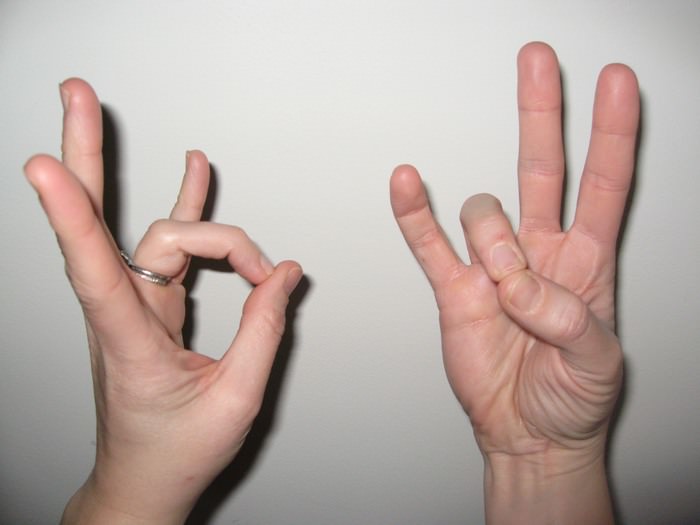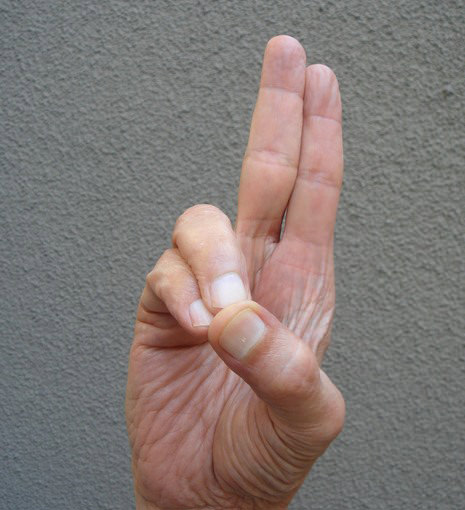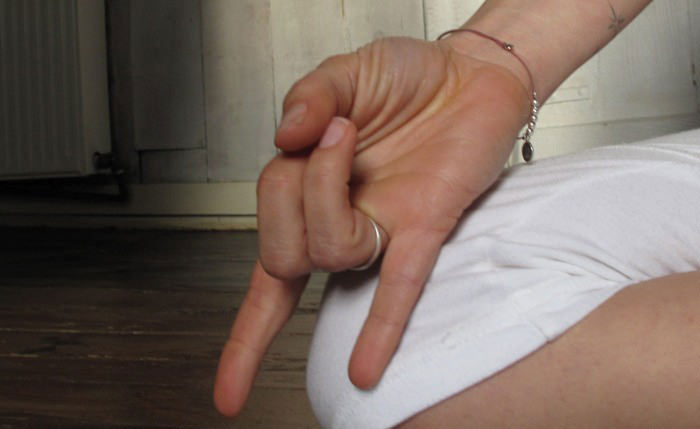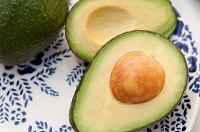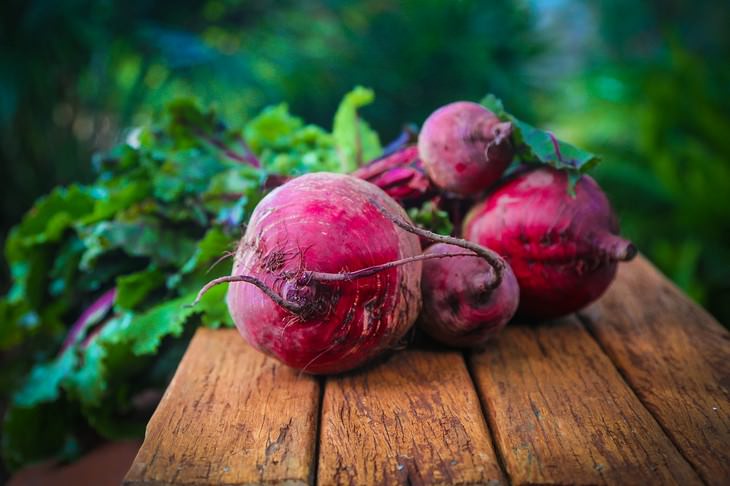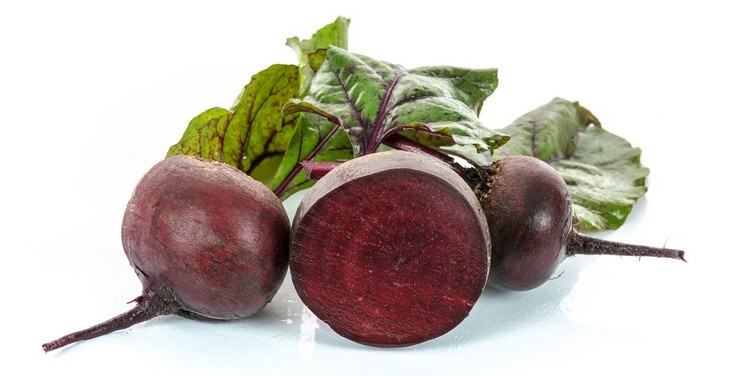21 December 2017
19 December 2017
17 December 2017
Strokes are more common than you think, and just as serious. It is one of the leading causes of disability and death. It is important to know the warning signs and body language that may suggest someone is experiencing a stroke.
A
stroke is the rapid loss of brain function due to a disturbance in
blood supply to the brain. A stroke is a serious medical emergency that
can cause permanent neurological damage and even death. The risk factors
for stroke include old age, high blood pressure, previous strokes,
diabetes, high cholesterol and tobacco smoking. Strokes are currently
the second leading cause of death worldwide.
So what are the warning signs?
It is crucial to know the warning signs for strokes because the sooner they are treated and addressed, the lesser the chance that there will be serious damage to the brain. Stroke symptoms can develop gradually, but usually appear rather suddenly and without warning.
Stroke symptoms include:
~ Numbness or weakness in the face, arm, leg and especially on one side of the body
~ Sudden confusion or trouble understanding other people
~ Trouble speaking or a sudden slurring of words when an individual typically does not have difficulty with speech
~ Trouble seeing in one or both eyes
~ Trouble walking, staying balanced or coordinated. This, together with the sudden pain, are usually why some people affected by stroke will suddenly fall down
~ Dizziness or light-headedness
~ Severe headaches that come on for no apparent reason
It is crucial to know the warning signs for strokes because the sooner they are treated and addressed, the lesser the chance that there will be serious damage to the brain. Stroke symptoms can develop gradually, but usually appear rather suddenly and without warning.
Stroke symptoms include:
~ Numbness or weakness in the face, arm, leg and especially on one side of the body
~ Sudden confusion or trouble understanding other people
~ Trouble speaking or a sudden slurring of words when an individual typically does not have difficulty with speech
~ Trouble seeing in one or both eyes
~ Trouble walking, staying balanced or coordinated. This, together with the sudden pain, are usually why some people affected by stroke will suddenly fall down
~ Dizziness or light-headedness
~ Severe headaches that come on for no apparent reason
There are also various kinds of strokes that you should be aware of:
Ischemic Stroke: This kind of stroke happens when a blood vessel supplying blood to the brain becomes blocked for a variety of reasons, most common being a sudden blood clot.
Hemorrhagic Stroke: This is a very serious form of stroke because it occurs when a blood vessel ruptures and bleeds into the brain.
Transient Ischemic Attack (TIA): This is considered a 'mini stroke', usually from a temporary blockage. TIA does not cause permanent damage to the brain, but it may cause some of the stroke warning signs listed above, some of which may last anywhere from minutes to hours. These are warning signs that you should not ignore.
What should you do if you or a loved one has symptoms?
-Don't ignore the warning signs: even if you have only one of the warning signs consult a doctor or hospital immediately.
-Don't wait because every minute counts!
-Call emergency services if you or a loved one experiences one or more of the symptoms within a few minutes.
-Check the time when the symptoms begin so that you can share this information when you arrive at the hospital.
Ischemic Stroke: This kind of stroke happens when a blood vessel supplying blood to the brain becomes blocked for a variety of reasons, most common being a sudden blood clot.
Hemorrhagic Stroke: This is a very serious form of stroke because it occurs when a blood vessel ruptures and bleeds into the brain.
Transient Ischemic Attack (TIA): This is considered a 'mini stroke', usually from a temporary blockage. TIA does not cause permanent damage to the brain, but it may cause some of the stroke warning signs listed above, some of which may last anywhere from minutes to hours. These are warning signs that you should not ignore.
What should you do if you or a loved one has symptoms?
-Don't ignore the warning signs: even if you have only one of the warning signs consult a doctor or hospital immediately.
-Don't wait because every minute counts!
-Call emergency services if you or a loved one experiences one or more of the symptoms within a few minutes.
-Check the time when the symptoms begin so that you can share this information when you arrive at the hospital.
Astrologer Vighnesh India:+91 9445548316 US:+1 (425) 358-6565
Not
only are they delicious, but beets are also packed full of vitamins and nutrients. Their rich nutritional content turns them into a powerful medicinal food with various beneficial properties. As early as the Middle Ages, they were used for treatment of digestion
and circulatory issues. Beets are rich in antioxidants, fungicidal and anti-inflammatory agents. They are also well-known as a treatment for gall bladder stones and gout, and are even great for reducing cholesterol levels.
1.
Arthritis – In moderation, beets help prevent arthritis by dissolving deposits that accumulate around the joints
thanks to their high alkaline content.
2. Anemia – The high levels of phosphorous, zinc, iodine, copper, calcium and potassium, combined with fat, vitamins (B1, B2, B6, P and niacin) help keep hemoglobin levels high.
3. Inflammation – Thanks to a moderate amount of choline, beets help maintain your muscles, memory and cognitive functions. Additionally, beets can help fight insomnia. Choline also helps sustain the structure of the cellular membranes and assists with impulse transmissions. Combine it with its ability to absorb fat, and beets become an effective anti-inflammatory.
4.
Heart disease – Rich in nitric acid, beets help your blood vessels relax and remain dilated, which prevents heart
diseases caused by insufficient blood flow.
5. Dementia – A recent study performed at Wake Forest University confirmed that raw beet juice helps the transfer of oxygen to the brain. This helps maintain the brain in a healthy state, preventing the onset of dementia.
7.
Arteriosclerosis – Nitric oxide’s benefits also help prevent and reduce the risk of arterial diseases like Arteriosclerosis.
8. Diabetes – Alpha-lipoic acid, an antioxidant that lowers glucose levels, is abundant in beets. It is also effective at reducing stress-induced changes in diabetics.
9. Anti-carcinogenic – The beet’s distinct color comes from phytonutrients. These nutrients combat and help prevent the onset of cancer. Research has shown that in some cases, beet extract was effective in reducing multi-organ tumors. It is believed to be effective in treating breast, prostate, and pancreatic cancers.
10. Low stamina – Raw beet juice helps the muscles oxygenate, helping to improve exercise tolerance. A regular intake of raw beet will help those with metabolic, respiratory and cardiovascular issues.
1.
Powerful detox juice
Ingredients
• 1 beet - cubed
• 5-6 celery stalks
• 1 cup chopped spinach
• 1 handful cilantro
• 1 tsp. salt
Preparation
• Blend all the ingredients until they have a smooth consistency, and add some lemon juice.
2. System booster, rich in antioxidants and beta-carotene
Ingredients
• 1 beet – cubed
• 2-3 large carrots – chopped
• 1 celery stalk
Preparation
• Blend all the ingredients until they have a smooth consistency and add a pinch of salt.
Ingredients
• 1 beet - cubed
• 5-6 celery stalks
• 1 cup chopped spinach
• 1 handful cilantro
• 1 tsp. salt
Preparation
• Blend all the ingredients until they have a smooth consistency, and add some lemon juice.
2. System booster, rich in antioxidants and beta-carotene
Ingredients
• 1 beet – cubed
• 2-3 large carrots – chopped
• 1 celery stalk
Preparation
• Blend all the ingredients until they have a smooth consistency and add a pinch of salt.











